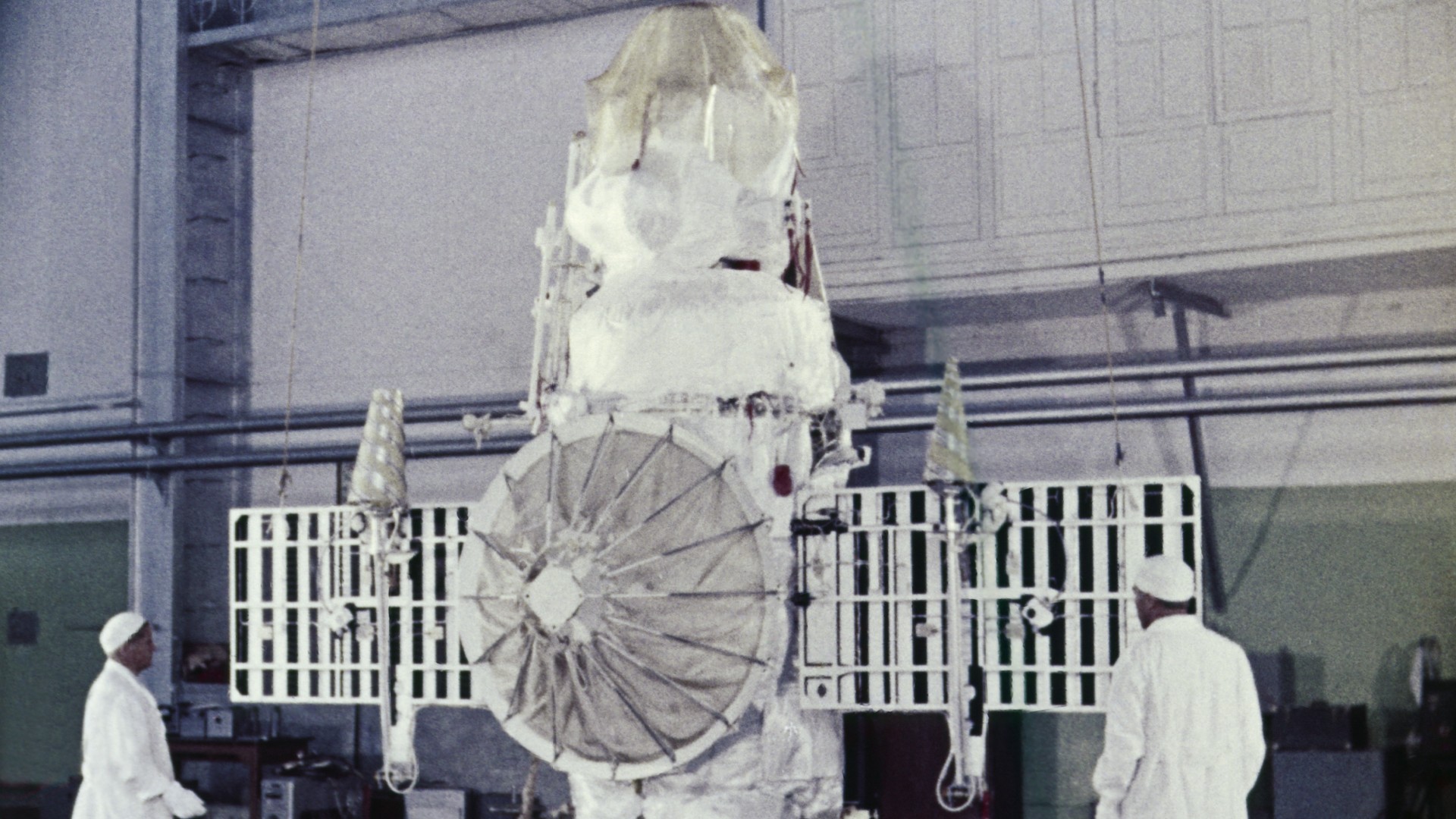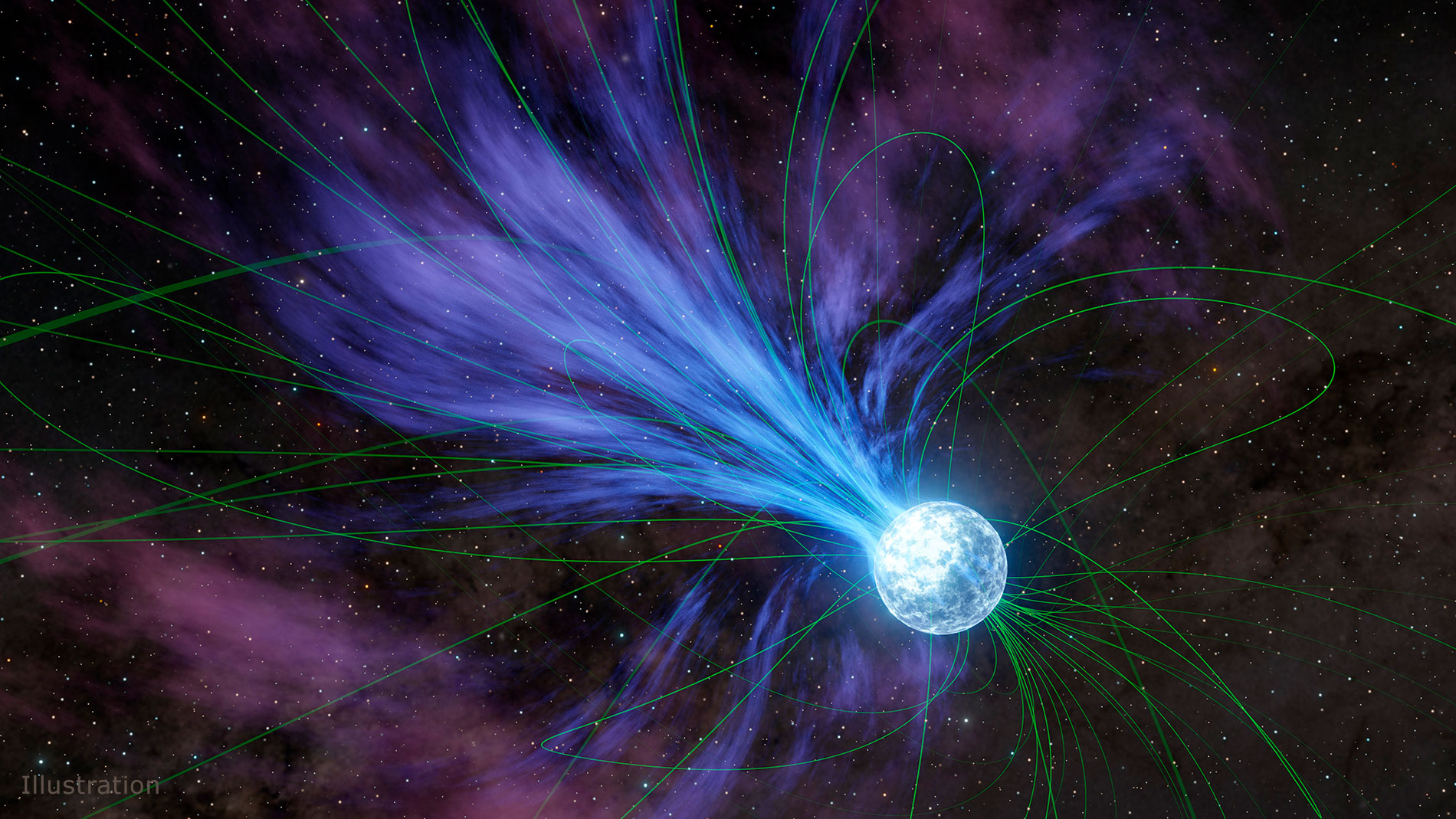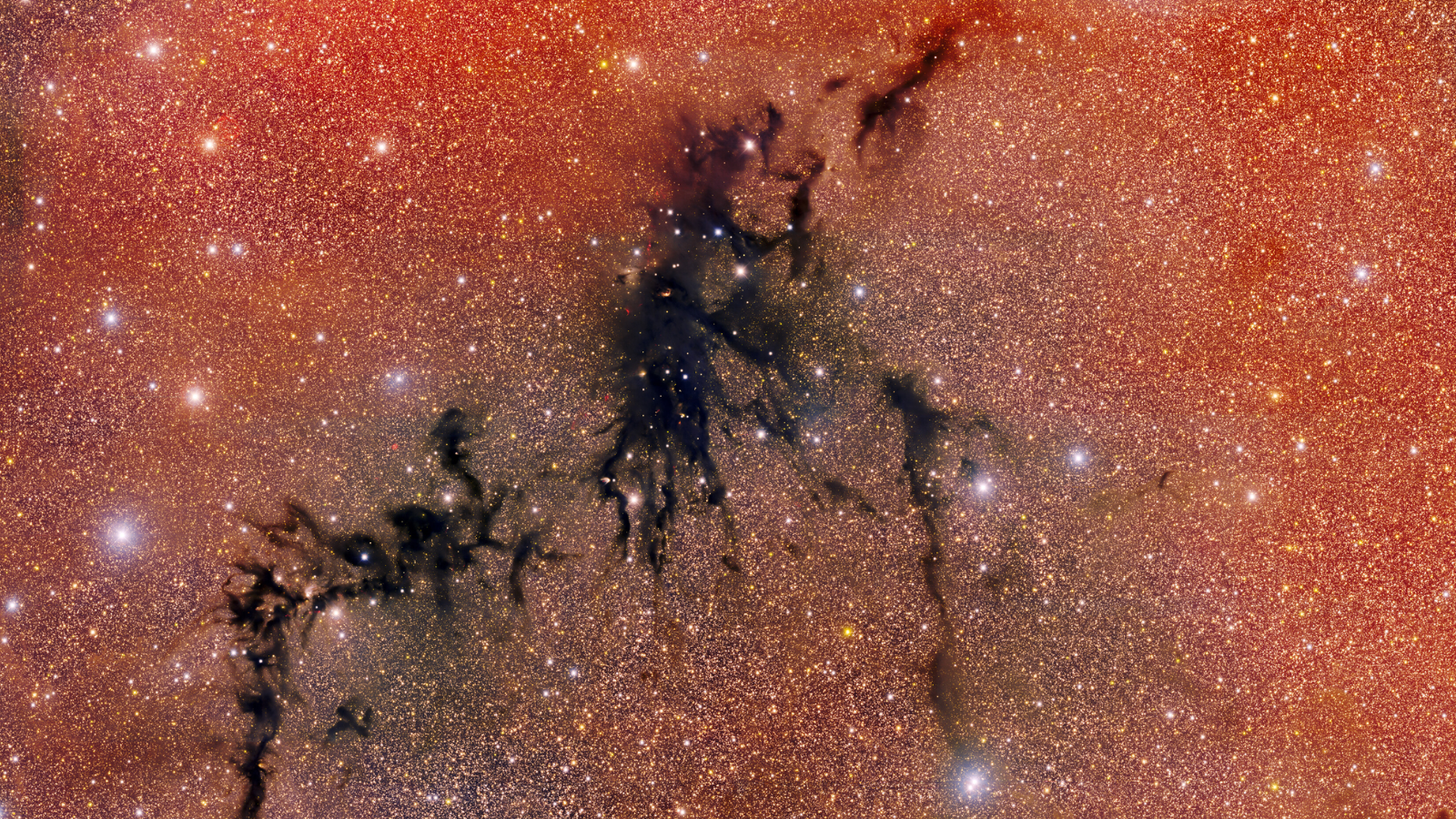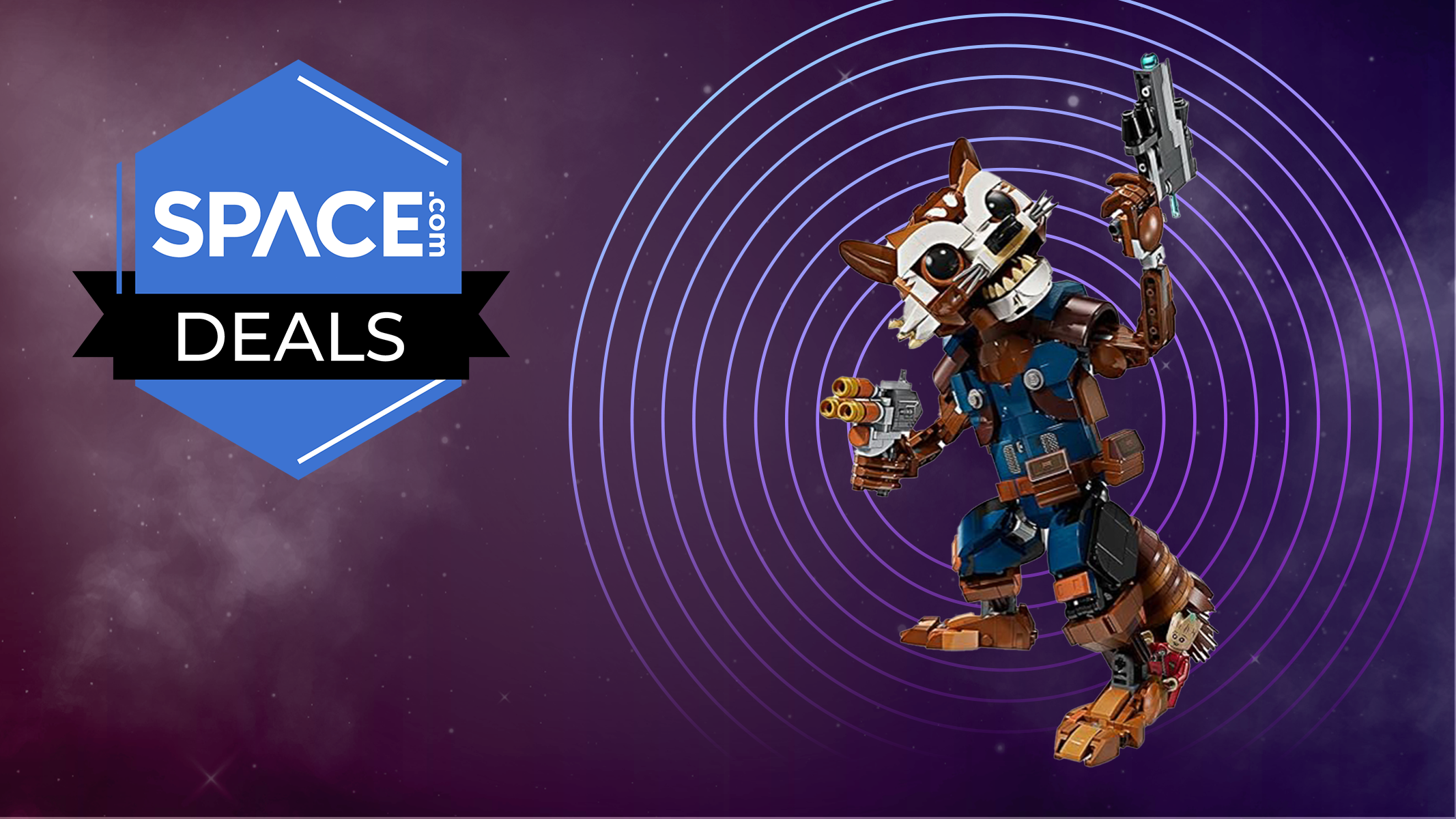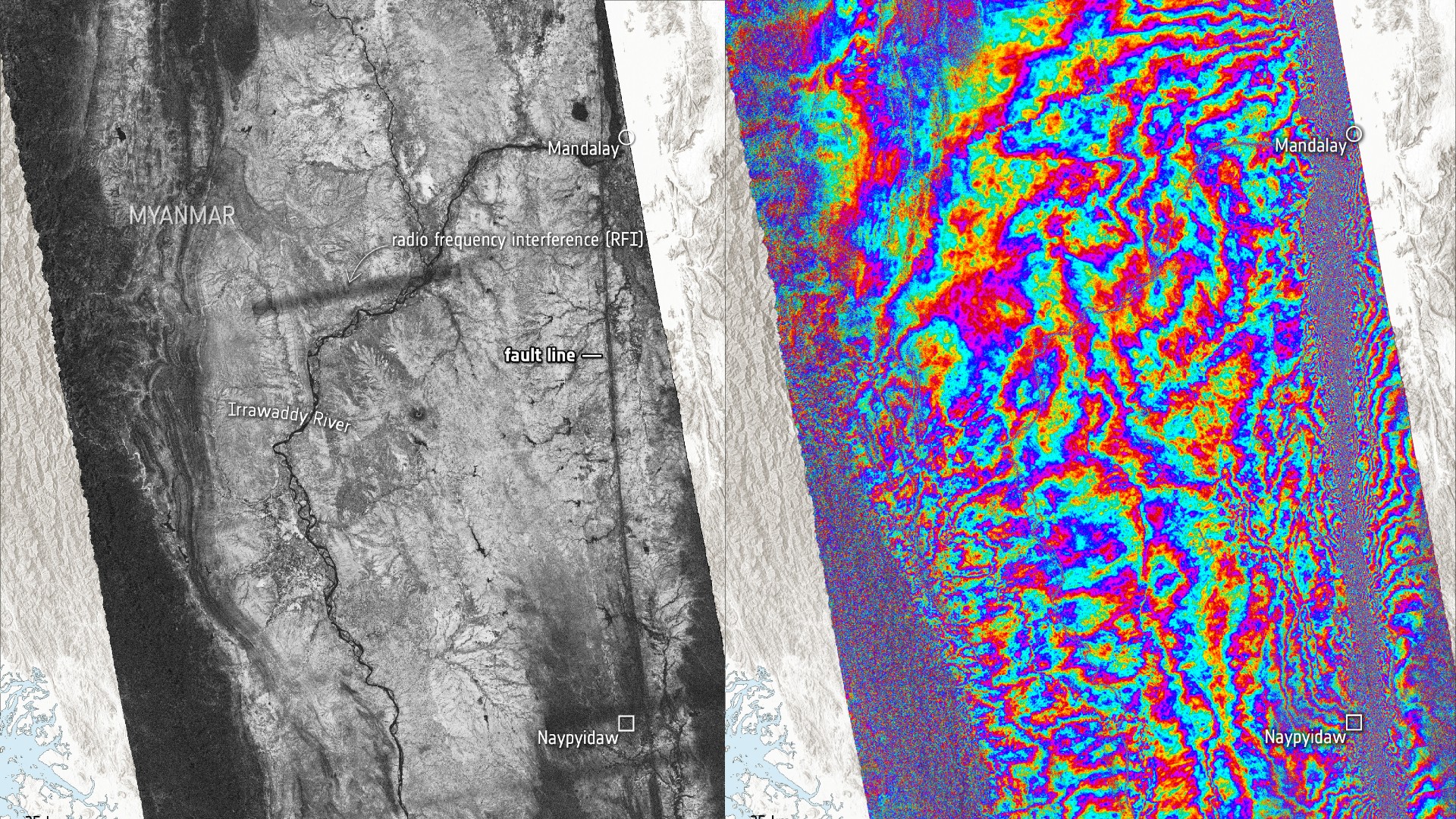Stormy Weather Delays Space Shuttle Landing
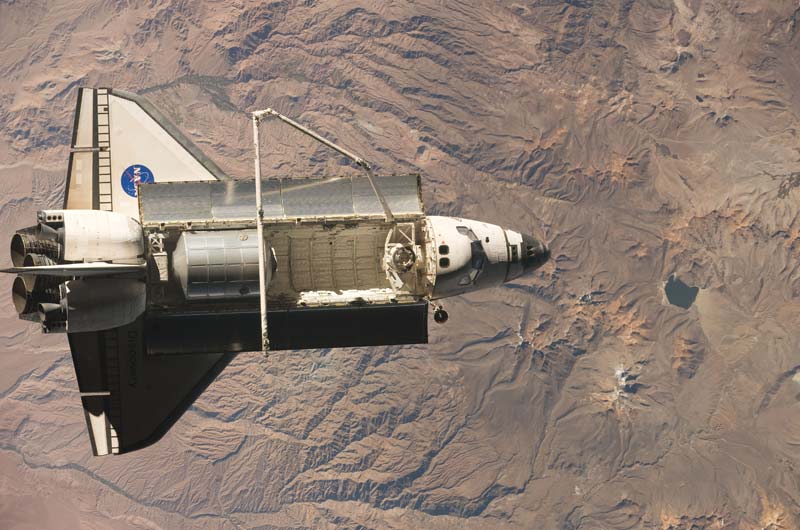
This story was updated at 7:44 p.m. EDT.
Astronauts aboard NASA's space shuttle Discovery have to wait at least one more day before returning to Earth after thunderstorms and strong winds thwarted attempts to land Thursday.
Discovery had two chances to land at the Kennedy Space Center (KSC) in Florida Thursday evening, but the stormy weather spoiled both tries. The space shuttle is now slated to land no earlier than Friday at 5:48p.m. EDT (2148 GMT), though weather conditions are expected to be even worse,NASA officials said.
"The showers we were hoping would die out — it just doesn't look like it's coming together for us," Mission Control radioed Discovery's crew.
"We know everybody worked it as hard as they could and we're looking forward to trying it again tomorrow," shuttle commander Rick Sturckow replied.
Mission Control said the weather situation in Florida was so dynamic that the decision to call off the landing came 'down to the wire," with just eight minutes remaining before Discovery was due to fire its engines to leave orbit.
The seven astronauts aboard Discovery are returning home to cap what is now 14-day delivery mission to the International Space Station. The shuttle has enough supplies to stay in orbit through Sunday, but entry flight director Richard Jones said he plans to land the shuttle by Saturday at the latest.
Get the Space.com Newsletter
Breaking space news, the latest updates on rocket launches, skywatching events and more!
Landing possibilities
On Friday, Discovery's crew has four opportunities to land, with two chances each in Florida and at a backup runway at the Edwards Air Force Base in California.
"That sounds like a great forward plan," Sturckow said.
But the weather outlook for Friday in Florida remains grim. More rain, thunderstorms and stiff winds are expected, Mission Control said. Forecasts for the California runway are favorable.
NASA's shuttle landing rules require no thunderstorms within about 30 miles (48 km) of the runway to avoid flying through rain, which can damage an orbiter's fragile heat shield tiles. Discovery is carrying a special heat shield tile with an intentional "speed bump" as part of an unrelated experiment to study re-entry heating, mission managers said.
Before today's landing delay, Jones said he was hopeful Discovery would be able to return to its Florida home.
"I'd like to stress we would like to go out as far as possible to go to KSC," Jones saidWednesday while outlining his landing plans.
NASA prefers to land space shuttles in Florida whenever possible because it is the orbiter fleet's home port. Florida landings avoid the extra week of transport time and $1.8 million in turnaround costs required to ferry shuttles back from California to be primed for the next mission. Discovery is due to fly to the space station again early next year to deliver more supplies.
"There're a lot of good reasons that you want to make sure that you get into KSC," Jones said.
Cargo run complete
Discovery astronauts launched late Aug. 28 to deliver about 18,548 pounds (8,413 kg) of food, science equipment and other vital supplies to the space station. They performed three spacewalks to replace a massive coolant tank and replaced one member of the station's six-person crew. The big-ticket items on Discovery's delivery list were an air-scrubbing device, a pair of sophisticated science racks, a new astronaut bedroom and a treadmill named after TV comedian Stephen Colbert.
Colbert won an online poll to have a new space station room named after him earlier this year, but NASA gave him the treadmill — known as the Combined Operational LoadBearing External Resistance Treadmill — instead. The agency named the new room Tranquility after the Apollo 11 moon base.
The treadmill is in more than 100 pieces, but won't be assembled until after a new Japanese cargo ship arrives at the station Sept. 17. Japan launched the unmanned space freighter earlier today just hours ahead of Discovery's attempted landings. NASA astronaut Nicole Stott, who flew to the station aboard Discovery to join the station crew, will use the station's robotic arm to pluck the cargo ship from space once it arrives.
Stott replaced fellow astronaut Tim Kopra as a member of the space station's crew. Kopra is returning home after nearly two months in space, while Stott is beginning what she plans to be a three-month space mission.
Buzz Lightyear is also returning home aboard Discovery. The Disney Space Ranger launched to the space station in May 2008 and spent 15 months in orbit as part of an educational project. The 12-inch toy from the film "Toy Story" will be returned to the Walt Disney World in Florida, where he is expected to be welcomed with a ticker tape parade.
Earlier today, Discovery had to fire its engines to dodge what Mission Control called "mystery orbital debris," a piece of space junk that was expected to fly too close to the shuttle for comfort. The debris separated from either Discovery or the space station on Saturday during a spacewalk, though NASA does not know what the object is or its size.
Sturckow fired Discovery's twin orbital maneuvering system engines to move the shuttle clear of the debris and it did not hamper the shuttle's landing preparations.
Discovery's STS-128 mission is NASA's fourth of up to five shuttle flights of 2009. NASA plans to launch six more shuttle missions after Discovery returns before retiring its three-orbiter fleet in the next year or so.
SPACE.com is providing complete coverage of Discovery's STS-128 mission to theInternational Space Station with Managing Editor Tariq Malik and Staff WriterClara Moskowitz in New York. Click here for shuttle mission updates and a link to NASA TV.
Join our Space Forums to keep talking space on the latest missions, night sky and more! And if you have a news tip, correction or comment, let us know at: community@space.com.

Tariq is the Editor-in-Chief of Space.com and joined the team in 2001, first as an intern and staff writer, and later as an editor. He covers human spaceflight, exploration and space science, as well as skywatching and entertainment. He became Space.com's Managing Editor in 2009 and Editor-in-Chief in 2019. Before joining Space.com, Tariq was a staff reporter for The Los Angeles Times covering education and city beats in La Habra, Fullerton and Huntington Beach. In October 2022, Tariq received the Harry Kolcum Award for excellence in space reporting from the National Space Club Florida Committee. He is also an Eagle Scout (yes, he has the Space Exploration merit badge) and went to Space Camp four times as a kid and a fifth time as an adult. He has journalism degrees from the University of Southern California and New York University. You can find Tariq at Space.com and as the co-host to the This Week In Space podcast with space historian Rod Pyle on the TWiT network. To see his latest project, you can follow Tariq on Twitter @tariqjmalik.
